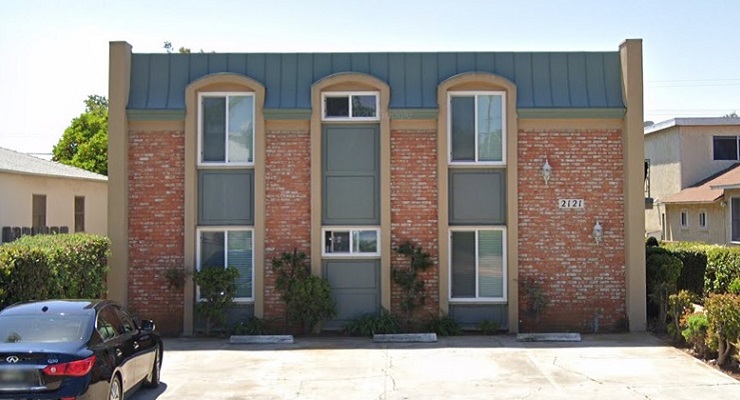
Despite a recent increase in rates to 7%, buyers have begun to adjust to more normal rates, as several key indicators show a heating market as the Spring homebuying season approaches, according to a recent report by the California Association of Realtors.
Homebuyer demand also remains more depressed than it should be, said the report, and buyers might measure the long-term benefits of home ownership against their short-term concerns about the market.
Meanwhile, ending home sales in January posted an even larger year-to-year gain than California enjoyed in closed sales last month, the report pointed out, which could suggest that the recent rebound in the market, reported last week, should continue through February and the first half of March.
Much of the rise in closed sales has been driven, as usual, by the top-end of the market, which is once again rising by double digits in the $1 million and up segments of the market, said the California Association of Realtors report.
The rise has also been fairly consistent in various parts of the state with more affordable and denser urban metros all showing similar improvements this year, the report noted.
So far, said the California Association of Realtors, interest rates have been trending mostly flat, though with significant volatility week to week.
The market is already competitive before the Spring homebuying season has even begun, said the report, noting that Days on Market continues to drop as homes start to sell more quickly.
The median Time on Market peaks in January each year, and then falls throughout the busy season. In 2023, this median time from the time a home hit the market and went pending peaked at 42 days, said the report. So far this year, it peaked at 36 days and has been falling for the past four weeks in a row to just 20 days last week. More homes selling above list price has also been trending up, and accounted for almost half of all closed sales last week, the California Association of Realtors report said.
Active listings at the state level dipped again on a year-over-year basis for ten straight months, the report also pointed out, but the decline for the current month was the smallest.
More importantly, new active listings at the state level increased from a year ago for the first time in 19 months and the annual increase was the largest since May 2022. Potential home sellers could hold off listing their house in the next few weeks though, as rates climbed back up to a two-month high late last week due to the latest inflation concerns. In general, said the California Association of Realtors, rates are expected to decline later this year, and available inventory should slowly improve throughout 2024.
A very strong jobs report for January helped spark a surge in both 10-year bonds as well as 30-year mortgage rates a few weeks ago, said the California Association of Realtors report, with the Freddie Mac reading on average consumer rates ticking back down from 6.9% last week to 6.77% this week.
There has also been a growing divergence between the Freddie Mac number and daily rates being quoted in the marketplace, however, which remain above 7% as we began the final week of February, the report noted.
Thus, rates are not expected to drop as quickly and many forecasters no longer expect the Federal Reserve to begin cutting rates until the second half of the year.
A recent survey by Reuters pointed out that The United States Federal Reserve will cut the Federal funds rate in June, according to a slim majority of economists polled, who also said the greater risk was that the first rate cut would come later than forecast rather than earlier.
Since September, Reuters surveys have consistently predicted that the first rate cut would come around the middle of 2024.
Some prospective homebuyers may opt to return to the market now and refinance later compared to when rates were expected to fall faster, said the California Association of Realtors.
The rise in rates over the past two years that saw 30-year fixed-rate mortgages go from under 3% to over 8% at one point last year has certainly had a negative effect on homebuyer purchasing power and homebuyer demand, said the California Association of Realtors, who also noted that demand is much softer than it should be.
The United States unemployment rate was nearly 10% compared with 3.6% last year, the report explained. However, new mortgage purchase applications were 21% lower than in 2010. More people were applying to purchase homes when unemployment was almost triple where it is today. Buyer demand is much more depressed than can be explained by our relatively strong economy.







